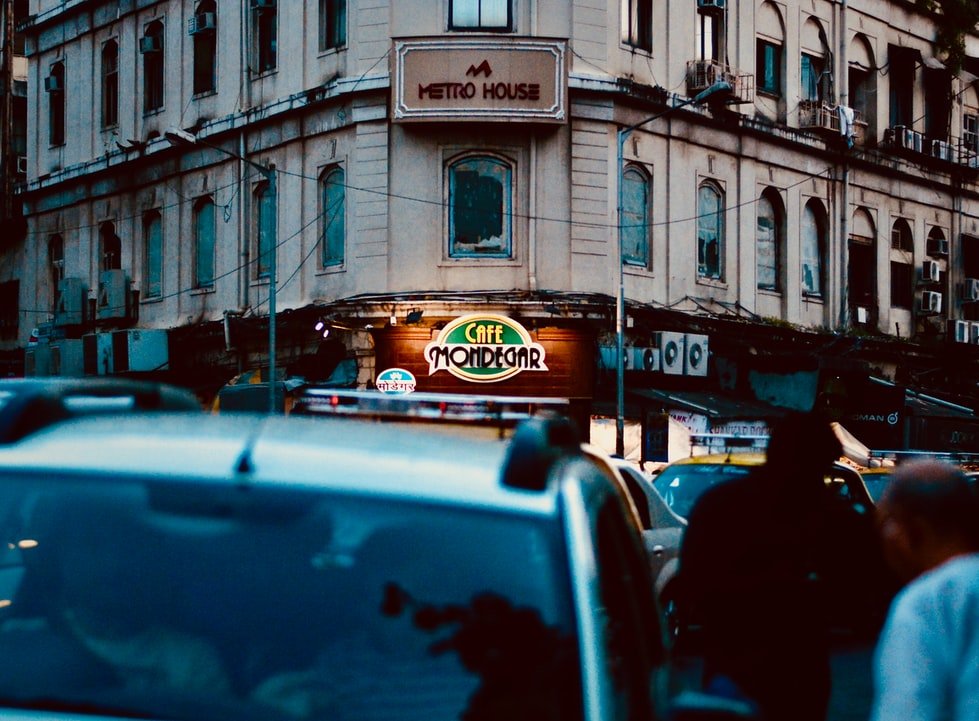The development of Indian society has been quite organic and influenced by the west. The colonization of India led to the development and modernization on a different path. The rich culture and traditions have remained as ‘Heritage’ and we as a society had adapted to balance between a lifestyle that is deep-rooted to our native traditions and yet functions in a very modern structure. While urbanization still an ongoing process in our society, we need to take a look fo the present scenario and analyze a road map that would lead to better cities thereby leading to a well thought and sustainable development.

One of the most famous architects Frank Gehry once said, – “Architecture should speak of its time and place, but yearn for timelessness.” Architecture is dependent on various factors ranging from the climate to the political scenarios of the region. Architecture also resonates with the changing time, technology, and social beliefs. Hence, the foremost function of architecture/built environment is to resonate with the time, technology, and needs of the users. The social and cultural lifestyle of the user changes with time. Thus, architecture must be ready to flow according to the needs of society. Ultimately, what matters is how the user can access the space and perceive it.
The vision of ‘Urbanscapes of 21st Century
The 21st century of Indian society has thus seen many changes. There was a phase when Indian society perceived westernization as the ultimate goal. Now is the phase where society has found a balance between the old and the new. Though development has been the prime focus, there has also been a positive awakening of the Indian values and traditions. Now is the phase where the positive aspects of the modern world as well as the positive aspects of the traditional Indian society, coexist. The Indian society has also grown sensitive towards various aspects of culture, heritage as well as gender equality. Unlike the older days, now is the time where the quality of life matters more. Initially, people had come to cities in search of food, clothing, and shelter. Fortunately, a major chunk of the urban population today is empowered to have a basic lifestyle. Now, a city dweller is more inclined towards achieving qualitative aspects of life. Aspects like work-life balance, emotional well-being, social status, healthcare, Work environment, and Social environment are preferred today.

The population today is more concerned about the lifestyle and the social as well as the physical space they exist. This is where architecture and urban planning have to change. Malls, roads, and metros no longer signify development. What matters is how the cityscapes enable the users to enjoy a quality time of work, leisure, play, and social interaction. What matters is how the city dweller views the spaces and how they would like to exist in it as well as add value to it.

Therefore, if we had to envision the Urbanscapes and rethink how our cities must function in the 21st century, we would have to imagine a city that caters to different types of sensibilities. A city that puts forward an all-inclusive picture. An ideal city of 21st century India would be one that makes the city dweller relate to the environment, the culture, and regional scenarios. It would help the user associate with the context better and in a positive manner. It would help the user exist and adapt to the climatic condition. It would enable the user to experience art. It leads the user to know more about its heritage, architecture and facilitates the user to appreciate it.
In conclusion
An ideal city would also introduce the user to the idea of eco-friendly living. It would expose the users to a culture that would encourage the user to understand the ecology and to contribute to saving nature. In the end, it would make the user feel homely and free. It would not restrict the user based on his or her gender identities and preferences. This would thus, ensure a development pattern that takes care of the social, physical, emotional as well as psychological well-being of the citizens.
Therefore, the vision is not to just replace old buildings with new tall towers or to level up the transit facilities, but it is to ensure a sustainable and future-ready environment for one and all.



